The name “opal” derives from upala, the Sanskrit term for “precious stone” and the Greek word Opallios or, “to see a change in color”. October’s birthstone is the opal, but it’s also taken on a number of other meanings over history. During the medieval period, opal was considered to be quick lucky because it seemed to exude the colors of all the different other gemstones that specialists of that time period were familiar with.
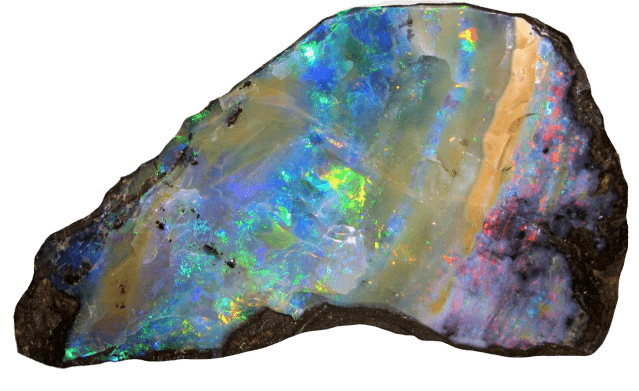
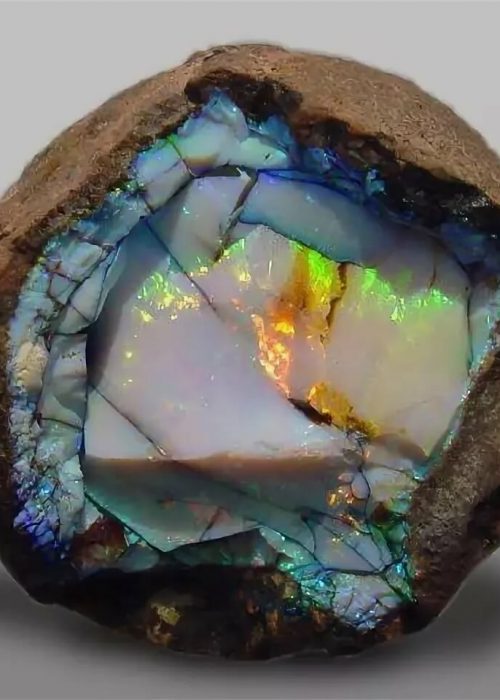
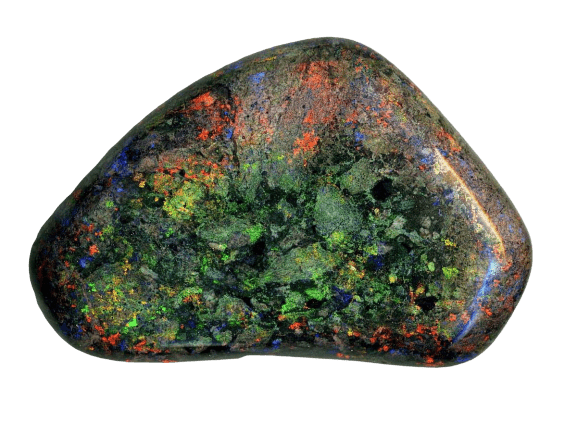
Black opals are among those considered to be most precious, but there’s a relatively wide variation when it comes to the colors that you’ll find them in. These include red, orange, white, yellow, green, blue, brown and pink. They have a subvitreous to waxy luster. The internal structure of precious opals enables them to diffract light, which gives them the look of having more than one color at the same time.
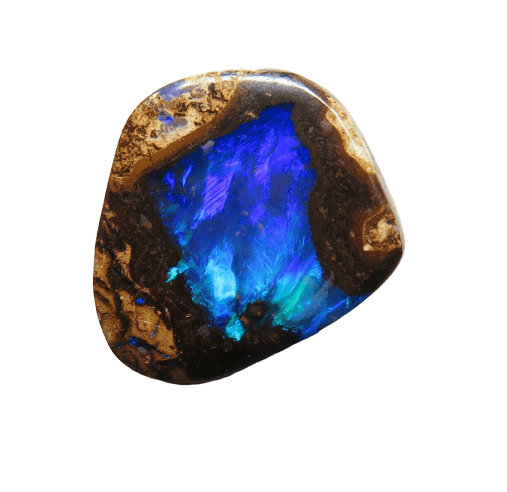
Though opals can be found in nearly any kind of rock, they most commonly occur inside of sandstone and basalt fissures. You’ll also find ones with traces of limonite, rhyolite and even marl. The stones rank 5.5 to 6 on the Mohs hardness scale.
Unlike crystalline forms of silica, such as the tiger’s eye or quartz crystals, opal is actually not a mineral but instead a mineraloid. It occurs in the fissures of many different types of rocks, which has made it a relatively common stone but one that’s quite beautiful.
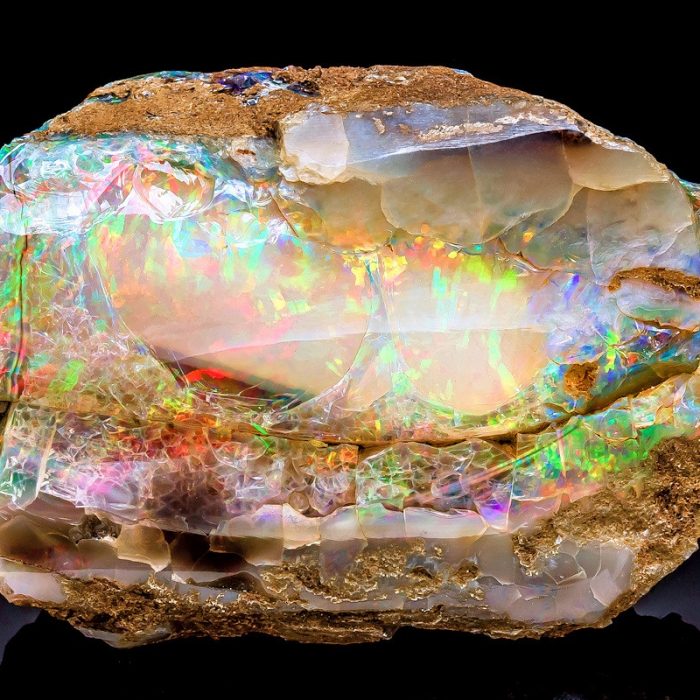
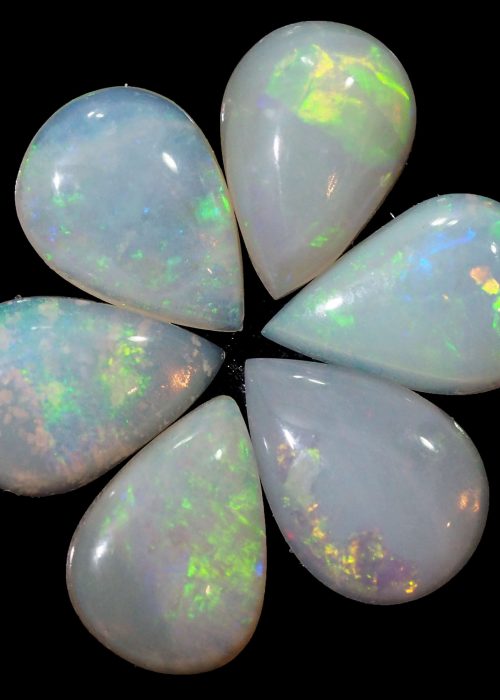
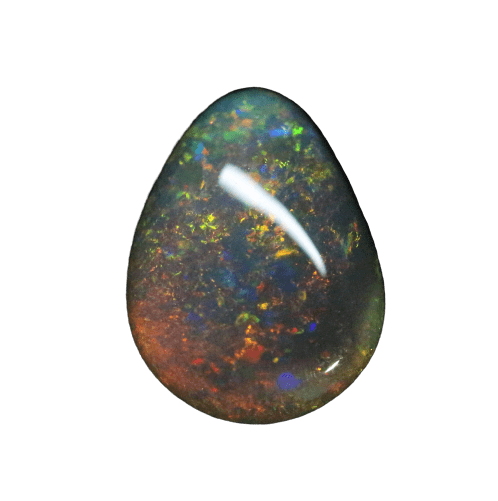
Opal is called the “good luck stone”. Perhaps as a result of the fact that it seems to show every color of the rainbow depending on how you look at it, opal is often said to have a beneficial impact on stimulating the imagination. It’s an ideal stone for those who want to learn to keep an open mind and change the way that they’ve been looking at the world.
In addition, opal is a confidence-booster and mood-lifter. Use it to increase your self-esteem and connect with your inner desires. Enhance your virtues and display them in tandem with self-love.
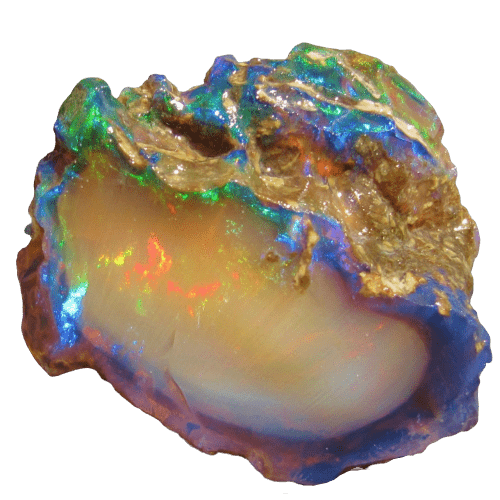
Some people say that opal permits users to foresee some times of minor ailments and take certain precautions to prevent them from blossoming into major issues. This normally is said to have something to do with potentially changing colors on the surface of the stone.
You can also connect with your inner self and channel karma. Generally, karma refers to the weight of your actions — morally good or bad ones– affecting your future. Opals encourage you to commit to good deeds to build positive karma in your life.
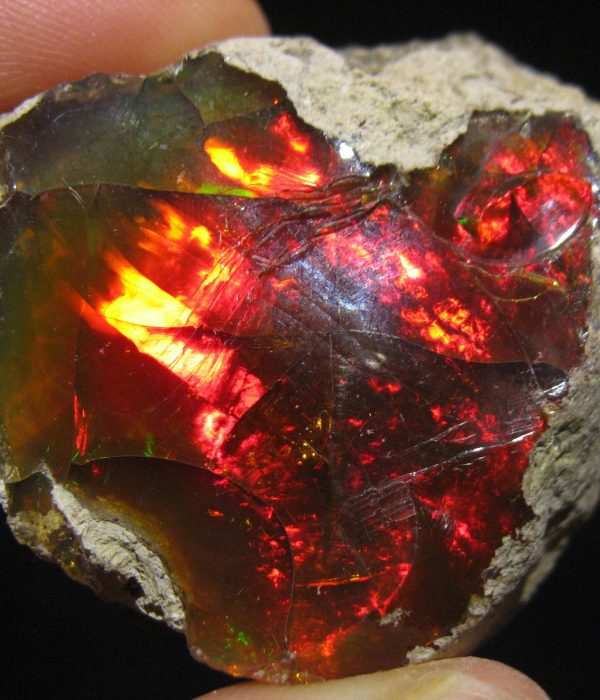
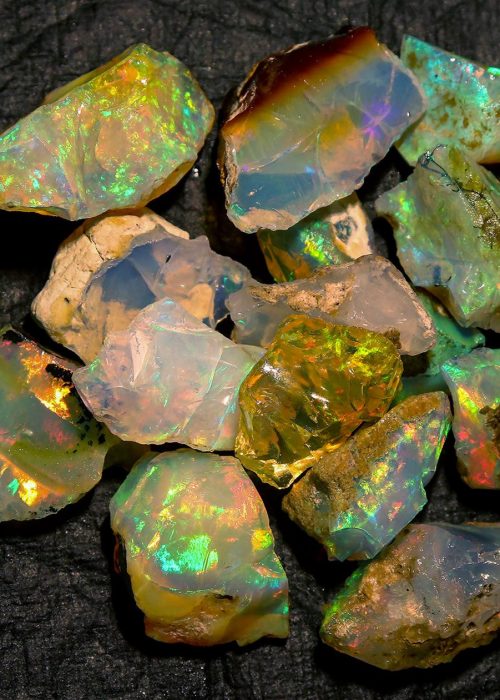
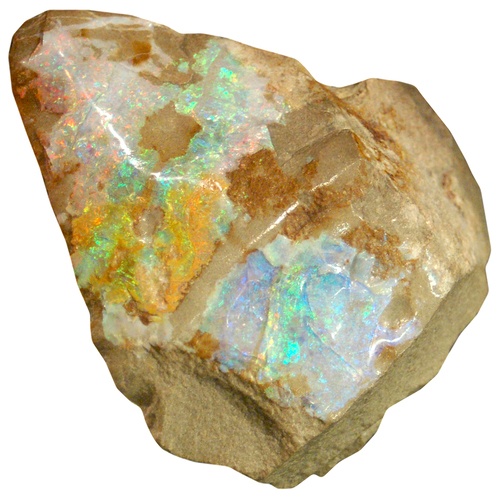
Opal has a wide range of distribution, with Australia being the prime source. You can either get a common or precious stone, with the latter having a larger display of colors.
While true black opals are often ranked among the more expensive semiprecious stones, these are the exception rather than the rule. Some sell as much as $10,000 USD per carat. Others retail for $30 per carat.
You can get smaller stones in a variety of other colors for a more reasonable price, such as $6 USD. This should prove attractive to those starting a collection. Red is the rarest type of opal by far.
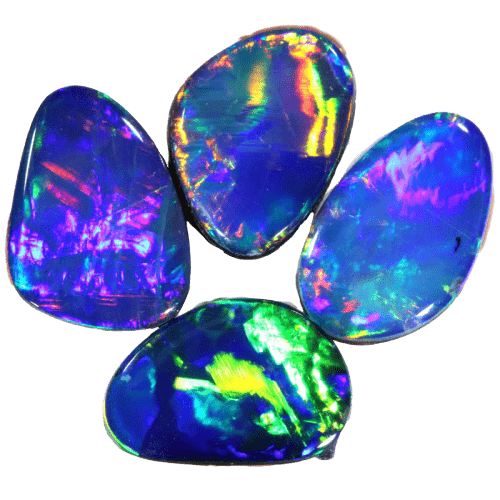
In addition to its lucky properties, opal is sometimes said to guard the user against negative energies. Some have said that it helps them sleep and could potentially be associated with better dreams. It can also be used to keep your hair from falling out or turning gray.
Use opal to treat PMS, clean out your bloodstream, and improve your eyesight. Strengthen your immune system by wearing and meditating with one, as well as your kidneys.
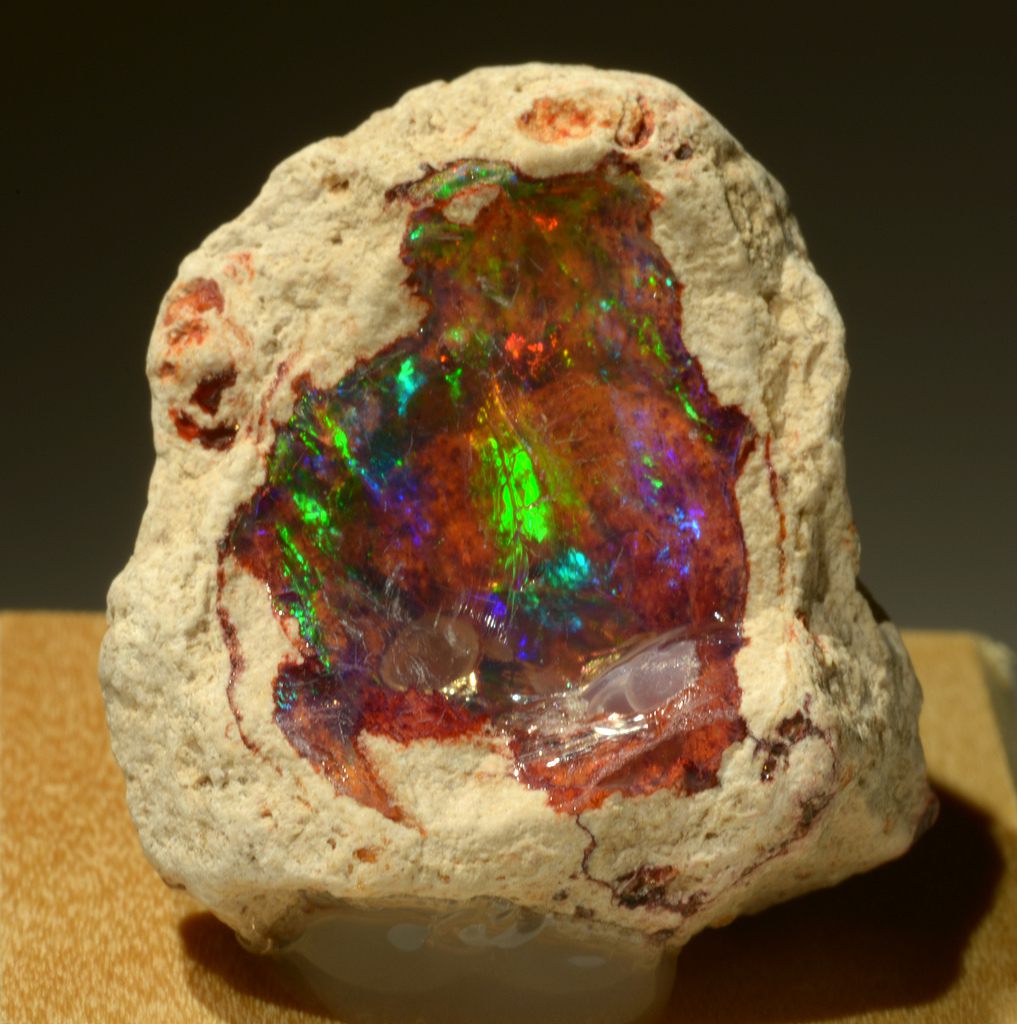
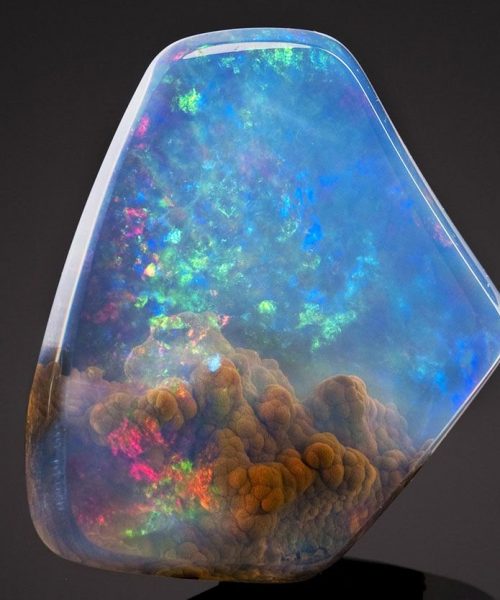
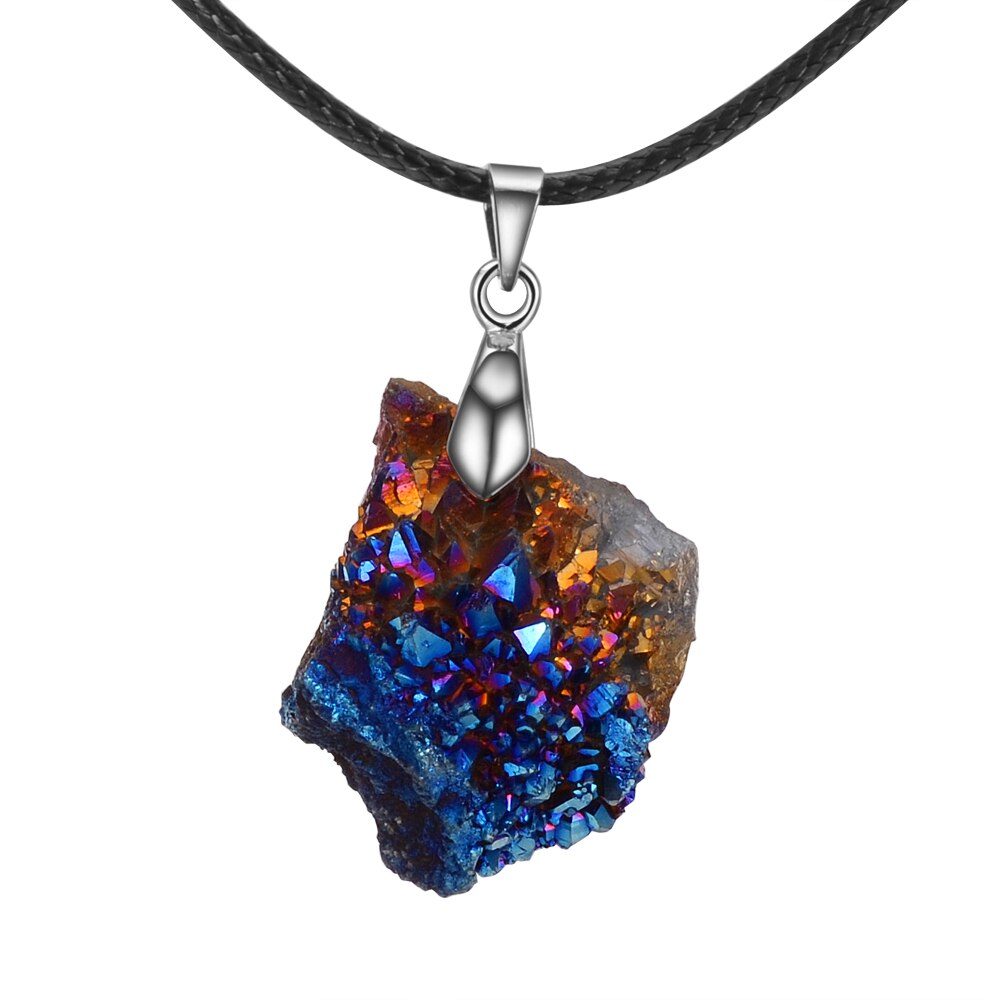
Due to its use as a birthstone for the month of October, it’s been featured in a number of different settings including earrings and rings. Opals can have up to twenty percent of water in their composition, so they do best in humidified environments. Do not polish with oil and soak in water to maintain it.
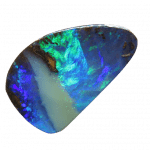
Precious opals include those that exhibit unique flashing colors when turned. You may also find so-called fire opals, which have a yellow or orange body.
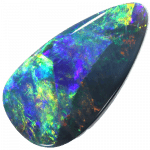
A majority of opals are mostly opaque. Transparent crystal opals have clarity that comes closer to what you might expect from larger traditional gemstones.
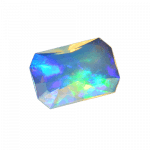
Many opals are simply tumbled and left in a natural shape. Boulder opals sometimes feature a bit of natural-looking rock on the back, which makes for a more dramatic cut.
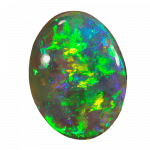
Common opals can be found in sizes equaling several carats, but precious ones are usually featured in sizes closer to those of other semiprecious stones.
Disclaimer: All information provided on this website is for educational purposes only. The products listed on Crystalsandstones.com are not intended to diagnose, mitigate, treat, cure, or prevent any disease. Crystalsandstones.com offers information that is provided for recreational and personal reference purposes only. It is not intended to be a substitute for professional care.